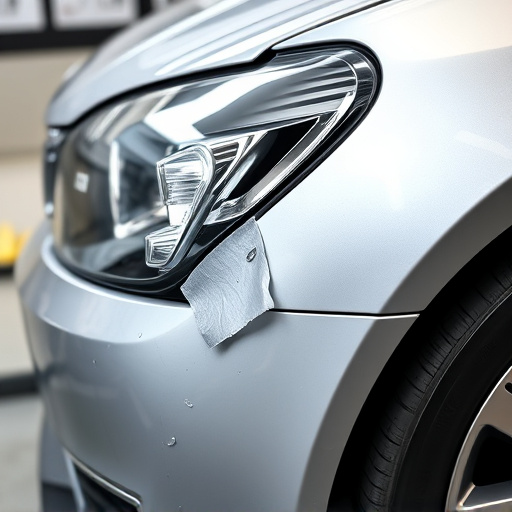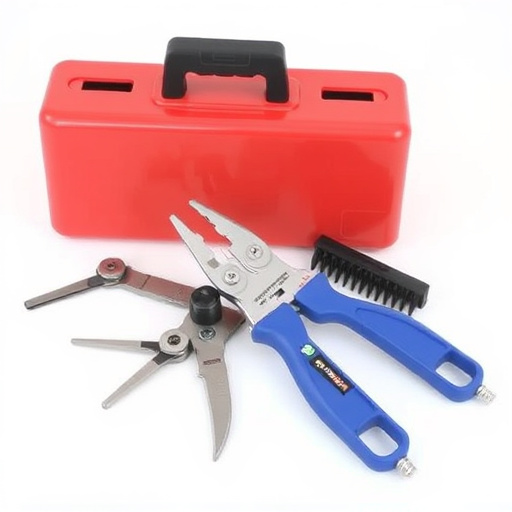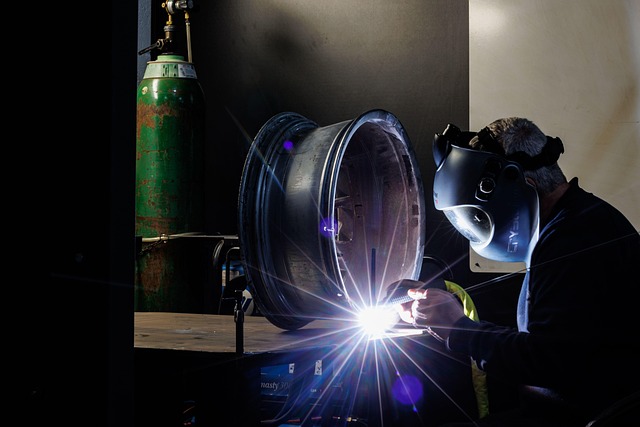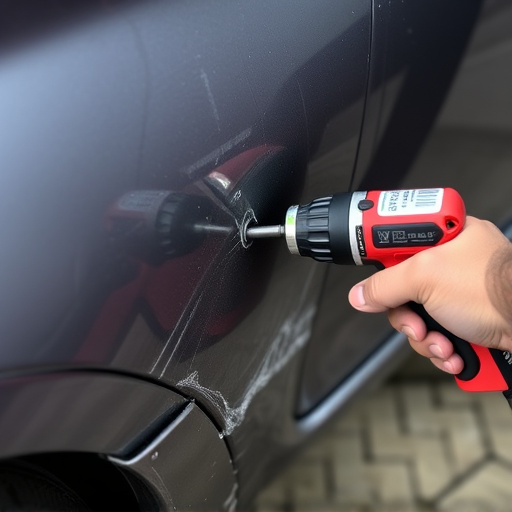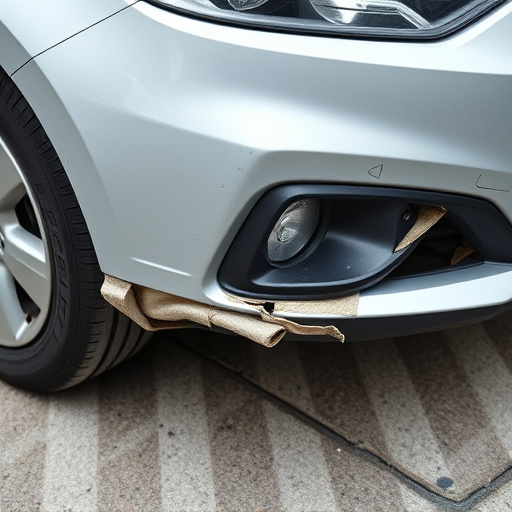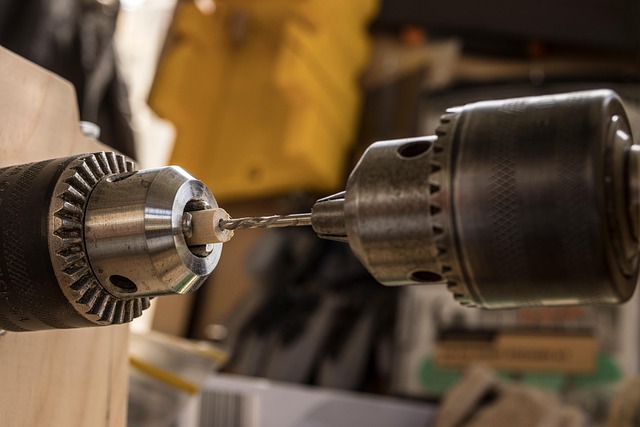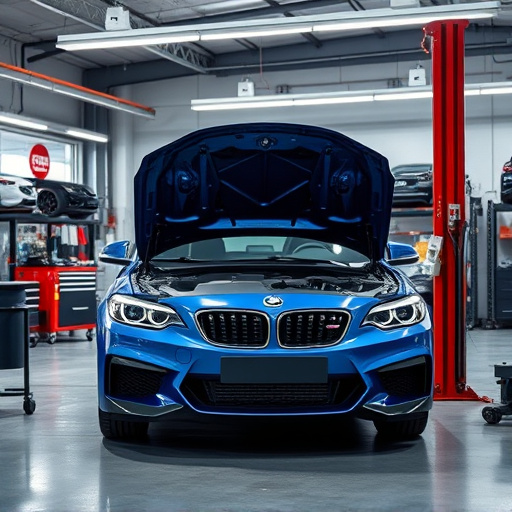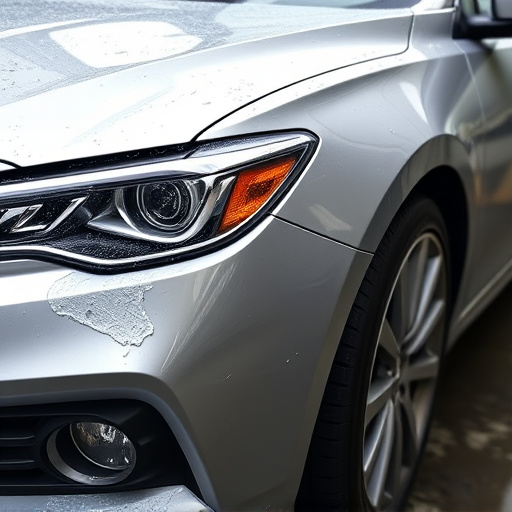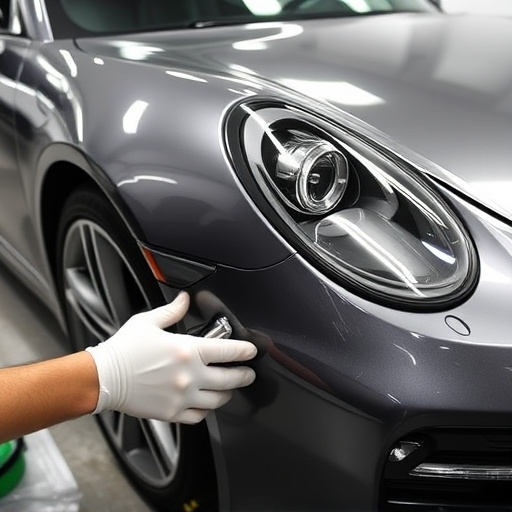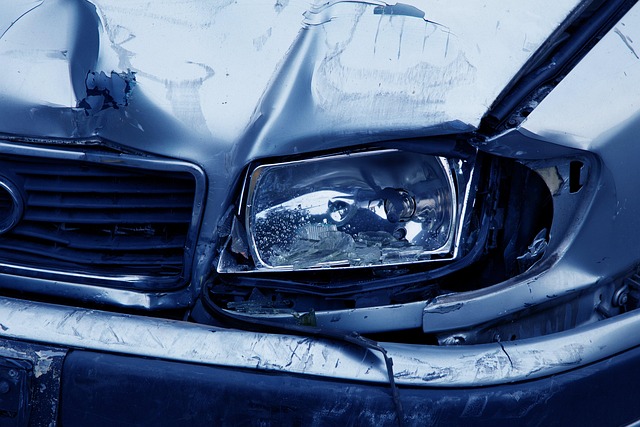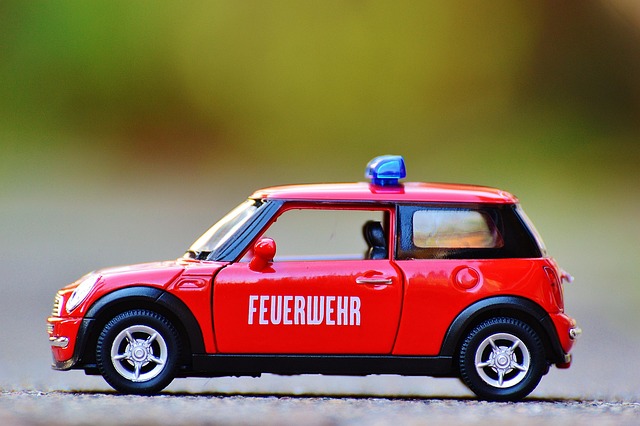Collision repair shops face high competition, so beyond fixing dents, they must offer convenience, efficiency, and quality service to meet modern customer expectations. Implementing loyalty programs with incentives like discounts on future repairs creates exclusivity, drives retention, and boosts satisfaction. Personalized strategies using customer data and user-friendly mobile apps enhance the experience. Measuring collision repair satisfaction involves setting KPIs for speed, accuracy, communication, value, and positive interactions, prioritizing trust and repeat business.
In the competitive automotive industry, collision repair shops must strive for excellence in customer service to foster loyalty. Understanding and meeting client expectations is key to achieving high levels of collision repair satisfaction. This article explores effective strategies to enhance loyalty programs, focusing on design, implementation, and measurement. By understanding customer needs and employing tailored tactics, collision centers can significantly improve their services, leading to increased customer retention and positive experiences in the aftermath of an accident.
- Understanding Customer Expectations in Collision Repair
- Strategies to Enhance Loyalty Program Design and Implementation
- Measuring Success: Key Performance Indicators for Collision Repair Satisfaction
Understanding Customer Expectations in Collision Repair

In the competitive automotive industry, where customers have numerous options for their vehicle maintenance and repair needs, achieving high collision repair satisfaction is paramount for businesses. Understanding customer expectations in this sector goes beyond merely fixing dents and cracks; it involves creating an experience that aligns with modern consumers’ demands. Today’s car owners expect convenience, efficiency, and quality service, often seeking transparent communication and quick turnaround times. This shift in perception has prompted automotive businesses to rethink their strategies, especially when catering to premium brands like Mercedes-Benz collision repair services.
By offering loyalty programs, collision repair shops can significantly enhance customer satisfaction. These programs should be designed to reward clients for their business, encouraging repeat visits and referrals. For instance, providing incentives such as discounts on future autobody repairs or car dent removal services can foster a sense of exclusivity and value. Loyalty initiatives that acknowledge and appreciate regular customers’ patronage will not only drive collision repair satisfaction but also build lasting relationships, ensuring customer retention in an increasingly competitive market.
Strategies to Enhance Loyalty Program Design and Implementation
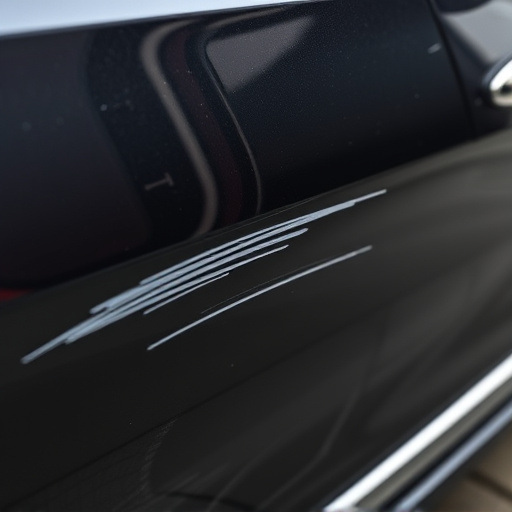
To enhance the design and implementation of loyalty programs for collision repair services, auto body shops can adopt several strategies that cater to customer needs and preferences. Personalizing experiences is a key approach; understanding each client’s history with auto body repairs, their vehicle models, and preferred communication channels allows for tailored offers and updates. For instance, a loyal customer who frequently visits for hail damage repair might appreciate exclusive discounts or priority booking for future services.
Another effective strategy is integrating digital platforms to streamline the process. A user-friendly mobile app can enable customers to track their vehicle’s progress in real time, receive notifications about loyalty rewards, and easily schedule appointments. This modern approach to customer engagement not only improves collision repair satisfaction but also fosters a sense of community within the auto body shop, making each visit more pleasant and efficient, whether for routine maintenance or extensive auto body repairs.
Measuring Success: Key Performance Indicators for Collision Repair Satisfaction

Measuring success in collision repair goes beyond simply fixing dents and scratches. To truly gauge collision repair satisfaction, businesses must define key performance indicators (KPIs) that reflect customer experience and long-term loyalty. Key metrics include the speed and accuracy of repairs, communication throughout the process, and overall value for money. Customers expect their vehicles to be returned to them in a timely manner, with high-quality auto painting and meticulous automotive restoration work that matches or exceeds manufacturer standards.
Additionally, positive interactions with staff and transparent pricing structures contribute significantly to collision repair satisfaction. By tracking these KPIs, repair shops can identify areas where they excel and pinpoint opportunities for improvement. Ultimately, focusing on these metrics helps create a seamless experience for customers, fostering their trust and encouraging repeat business—a crucial aspect of thriving in the competitive auto industry.
Loyalty programs have proven to be a powerful tool in enhancing collision repair satisfaction by fostering customer trust, encouraging repeat business, and providing measurable insights into performance. By understanding customer expectations, designing and implementing well-structured loyalty programs, and tracking key performance indicators, collision repair shops can significantly improve their services and build lasting relationships with clients. This strategic approach ensures that customers not only receive quality repairs but also become advocates for the business, driving growth in a competitive market.
